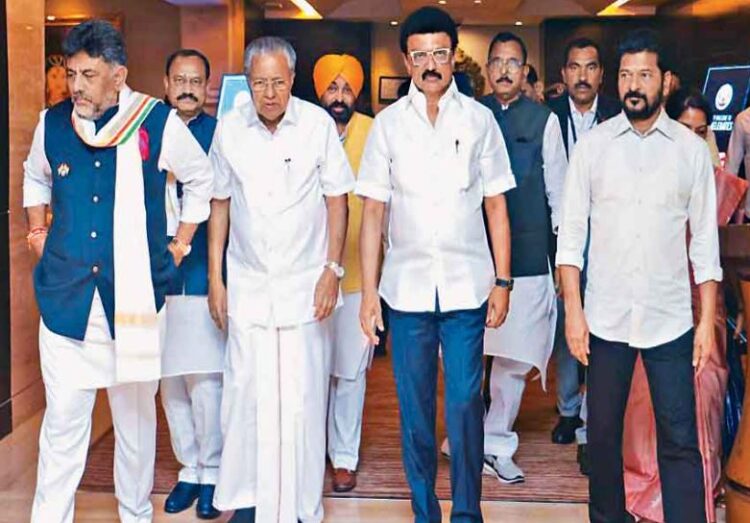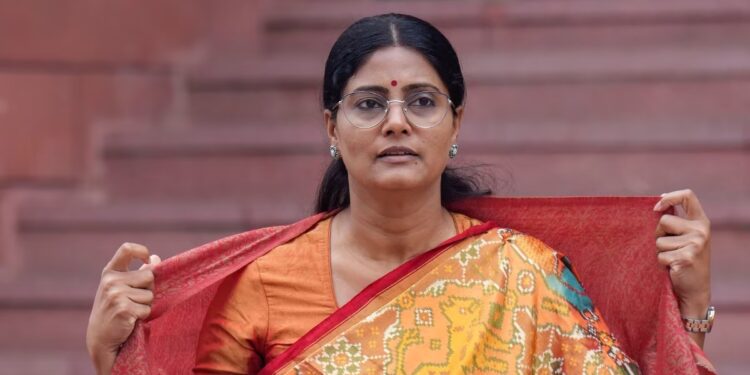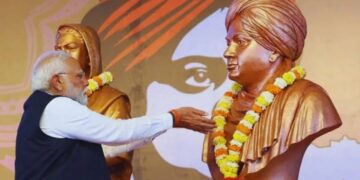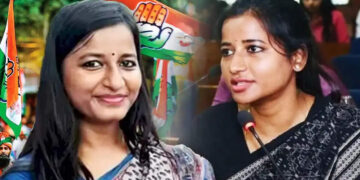The question is, how should the delimitation be, should the population growth at the cost of progress be rewarded?
One person, one vote; One vote, one value is “an ideal position for a vast nation. There is no fault in ‘one person, one vote’, but the real problem in the Union of India is in equalizing the value of each vote through the restructuring of constituencies, which decides that the number of voters in all areas is almost the same. The Republic of India is roughly standing around those huge Hindi speaking states, in which the poor population is constantly increasing. Other states, especially those southern states that have successfully enforced family planning, have achieved good prosperity in this process, they are afraid that this constitutional structure continuously expanded to the genre of Indus-Ganges, not transform them into powerless sources of raising revenue. Therefore, the idea of fair delimitation of Lok Sabha constituencies gives rise to harsh reactions.
Population-based representation seems comfortable to see- more people mean more seats. Nevertheless, this argument in India creates imbalance. In this affair, South India has to face punishment, whose population growth rate is low. North India with high fertility rate is automatically rewarded. Would it be called democracy or a distortion of federal fairness? The Indian Union is also a group of specific languages, cultures and regions. At the federal level, combining this mixture into a homogeneous, symmetry unit can eliminate identification and cultures manufactured in millennia.
The Indian Constitution originally envisaged periodic delimitation. Constitution makers believed that seats should be divided on the basis of changing population patterns and Article 82 makes it mandatory. In 1976, Indira Gandhi’s emergency government opted to stop delimitation on the basis of population set by the 1971 census. His priority was population control.
The southern states performed commendable in this matter. Tamil Nadu, Kerala, Andhra Pradesh and Karnataka adopted family planning. The fertility rate declined there. North India, especially Uttar Pradesh, Bihar and Madhya Pradesh lagged behind in this matter. Now the southern states believe that they are paying unfair price for their success in family planning.
These apprehensions are not baseless. Many prudent governments have addressed it. The decision to stop the delimitation of 1976 was repeatedly carried forward. The amendment made in 2001 pushed any change forward by 2026. If the ban is lifted now, the political map of this country will change dramatically. North seats will increase, the effect of South will decrease. Is it appropriate? No way. Representation is not just a matter of numbers. It belongs to the governance. This is associated with effort and progress.
Justice VR Krishna Iyer once wrote in his unique way, “There is no mathematical account of social justice. This is the art of balanced competitive interests to achieve impartiality. ”This delicate balance is required to be stored in the delimitation of delimitation. Rewarding only population growth punishes progress. This leads to a dangerous message to control your population and lose your voice.
A prominent Tamil Nadu leader had commented from a public platform in 2018, “If we had known that controlling the population would reduce our political power, we would have thought twice.” It was not a useless comment. This reflects real anxiety. The reproduction rate in Tamil Nadu has fallen so low that it is not possible, yet the state is sure to lose seats while Uttar Pradesh will benefit from seats as its fertility rate is doubled.
India is proud to be the world’s largest democracy, but democracy does not mean majority rule. It also belongs to the protection of minorities. South India, which makes progressive policies, skilled governance and economic contribution, cannot be taken as a minority in terms of population. BR Ambedkar warned us against the atrocities of the majority. They feared that if only the numbers started deciding the power, then India’s federal structure could be distorted. The current dilemma on delimitation echoes their warning.
The north-south division is real. It is also economic, cultural and now political. The south states contribute more to others to the economy of India. Tamil Nadu and Karnataka are industrial centers. Kerala is at the forefront of human development indices. Andhra Pradesh and Telangana are centers of technology and innovation. Nevertheless, these states are in danger of marginalized in Parliament. There is also an issue of fiscal imbalance. The southern states contribute more to taxes but get less in turn. This imbalance has to be tolerated despite not wanting, but this fiscal inequality can be explosive when it combines with the erosion of political power. In the book India after Gandhi, Ramchandra Guha has highlighted how regional imbalances can destabilize the federal system. He writes, “When different fields feel that they are contributing more than what they get and are losing their political power together, then the bonds of unity start to falter.”
We need a new formula, which can balance the population with progress. A formula that recognizes not only the number but also the results of the government. Seats can be allocated based on a combination of factors such as population, development indices and fiscal contributions. This will decide more equitable distribution of political power. The Constituent Assembly had debated these issues. Economists and members of the assembly KT Shah had a prediction of the challenges of the population -based system. His warnings were ignored. Today she has stood in front of us.
A constitutional amendment in this context may be indispensable. Article 82 can be re -worked to include new criteria. Determination in determining representation should have the role of the results of development, fiscal responsibility and governance standards. The south states are not asking for preference behavior, they are demanding fairness. A proper deal for the South would be a proper deal for the entire India.
Strengthening the voices of progressive states strengthens the Sangh. Other union -based countries have also faced similar challenges. There are models in the US, Canada and Australia, which balance the population with regional equality. For example, the US balances its union through the 100-member Senate, where very large states such as California and Texas and very small states such as Vayaming and South Dakota have equal seats.
The question is not whether there should be delimitation or not. The question is how it should be. Should India reward population growth at the cost of progress? Should the excellence of governance be punished? These are fundamental questions for the future of India, not these slogans. In a recent legal seminar, a young lawyer from Chennai had asked, “If the Tamil Nadu population had increased like Uttar Pradesh, would we have heard more in Parliament?”
If the delimitation is mechanically done, it can fragment the federal fabric of India. If it is wisely done, democracy can be strong. Justice Krishna Iyer had said, “The Constitution is not a concrete document. It is a living entity, which develops with the nation. ”This development, fairness should be reflected in India’s delimitation, justice should be reflected. Anything less than this will be betrayed by the vision of the constitution makers.
(Senior advocate in Supreme Court, views are private.)






